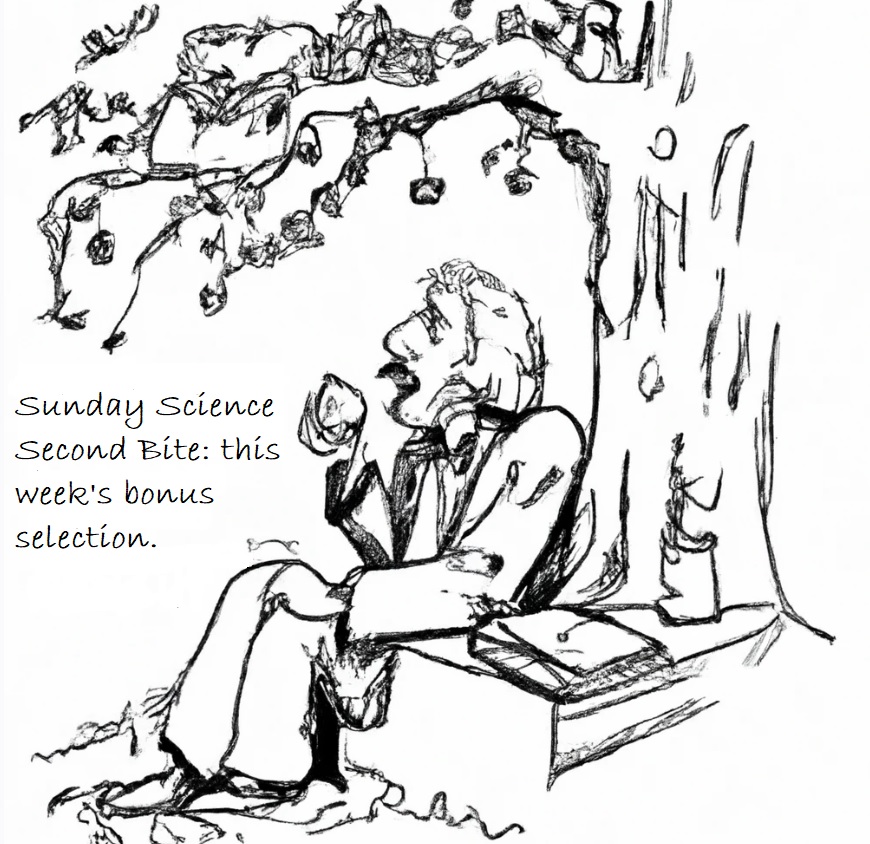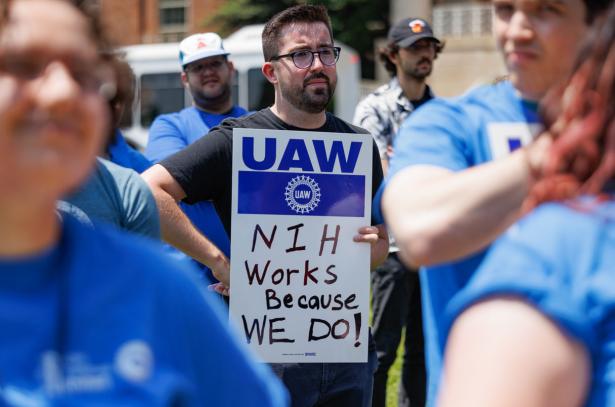After questioning the legal standing of a unionization effort by early-career researchers, the U.S. National Institutes of Health (NIH) now says it won’t oppose a vote by potential union members. “I am excited the NIH has chosen to do the right thing,” says Marjorie Levinstein, a neuropharmacology postdoc at the National Institute on Drug Abuse and an organizer for the proposed union, called NIH Fellows United.
In June, Levinstein and other organizers filed paperwork with the Federal Labor Relations Authority requesting to hold an election to determine whether the majority of the 4800 nonpermanent researchers who work at NIH facilities—a group that includes postdocs, graduate students, and postbaccalaureate researchers—were in favor of forming a union. In a subsequent filing, which the union organizers learned about last week, NIH officials contended that researchers appointed under the agency’s training programs weren’t “employees” with a right to unionize. But they’ve since dropped that opposition, opening the door for an election.
“After additional consultation with HHS [the U.S. Department of Health and Human Services], NIH withdrew its statement of position and request for a hearing,” an NIH spokesperson wrote in an email today to Science. “NIH has accepted the petition to include all individuals described and stands ready to work … on an Election Agreement.”
If the unionization effort succeeds, it will be the first union formed by early-career researchers at a federal agency in the United States. Organizers say a union is needed to push for better pay and working conditions
Katie Langin is the associate editor for Science Careers.
Make an Impact With Your Subscription to Science
With a readership of more than one million, Science, published by AAAS, is the world’s leading outlet for scientific news and cutting-edge research. Every week, you will receive invaluable content made for STEM enthusiasts who are shaping the future.
From exploring ripples in spacetime to quantifying the impact of emissions on our climate, Science puts you at the forefront of what’s new in STEM as we collectively build what’s next.
Science is more than just a magazine. Subscribers, like you, make up a community that’s dedicated to driving scientific progress that benefits everyone. When you join AAAS, you’re directly helping us promote diversity in STEM, support educational opportunities for underserved communities, engage policymakers on issues like climate change, and much more.
Join AAAS today to unlock the benefits of membership, including:
- Digital and print subscriptions to Science
- Archival Science access dating back to 1880
- Subscriptions to the highly cited Science family journals
- Invitations to AAAS Member events
- An exclusive gift for new members
- Breaking news and much more!

Why Will the Milky Way and Andromeda Collide?
The Universe isn't just expanding, the expansion is also accelerating. If that's true, how will the Milky Way and Andromeda eventually merge?
Ethan Siegel
Starts With A Bang
August 25, 2023


Spread the word